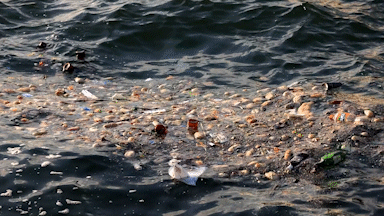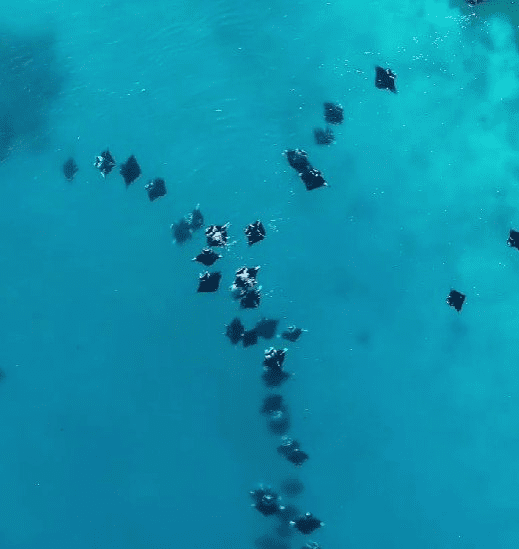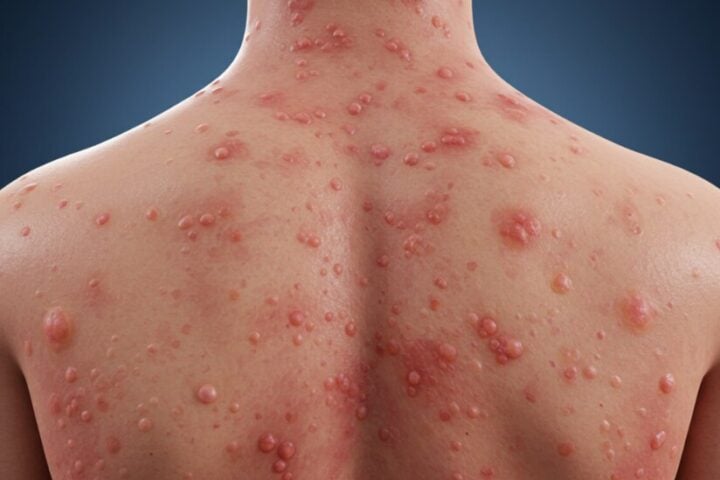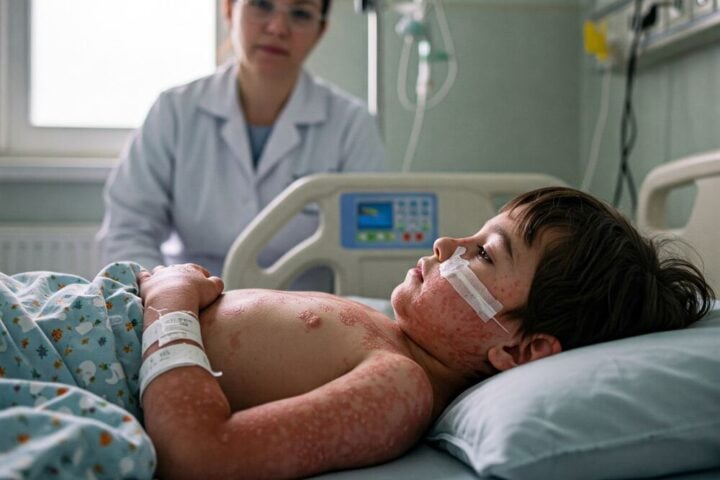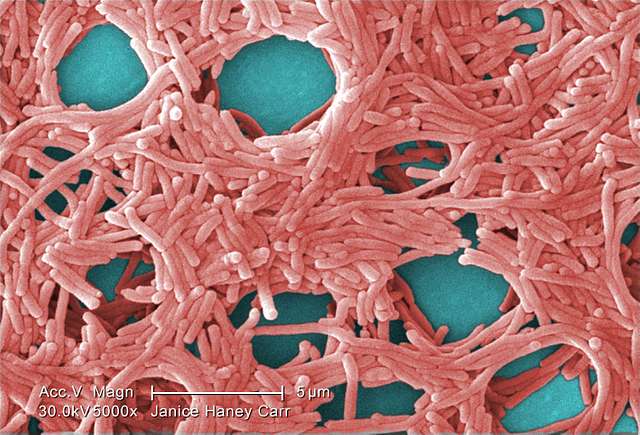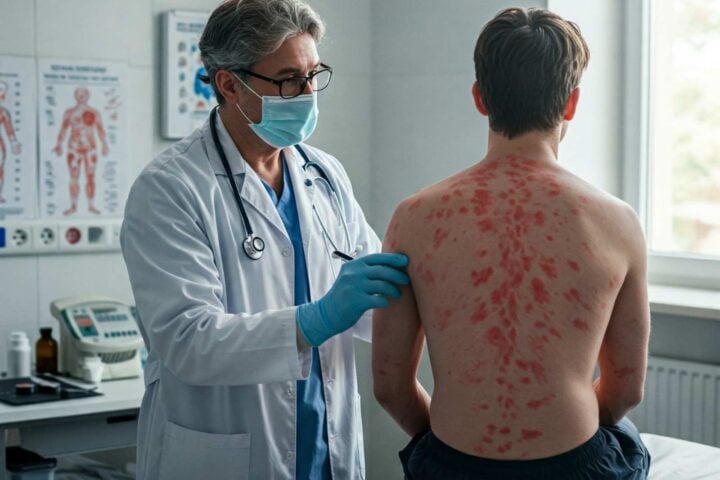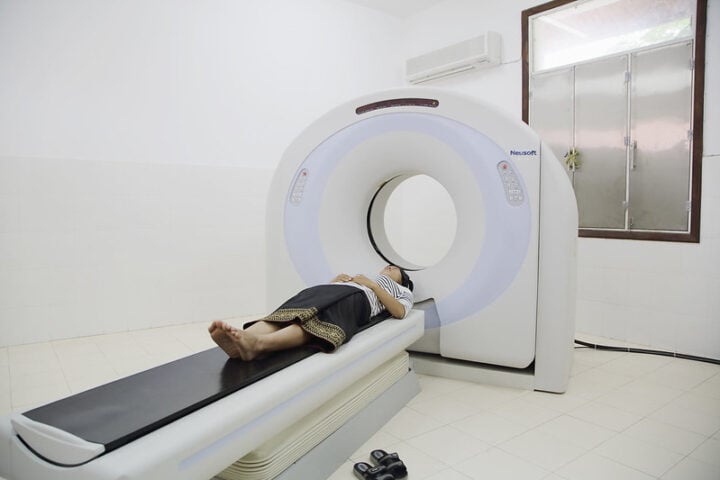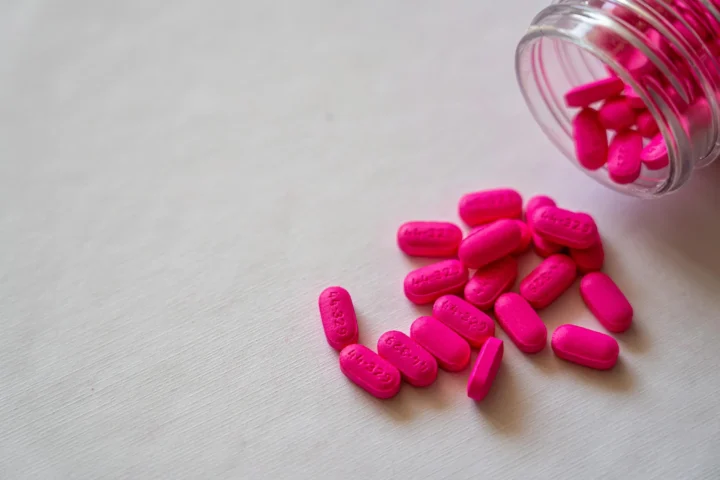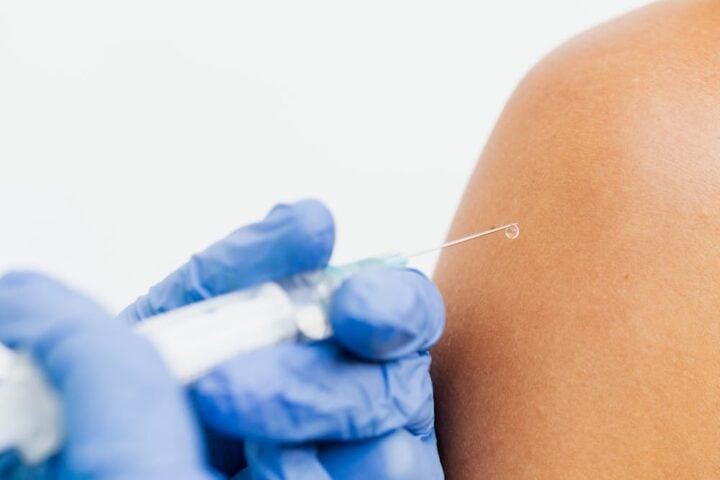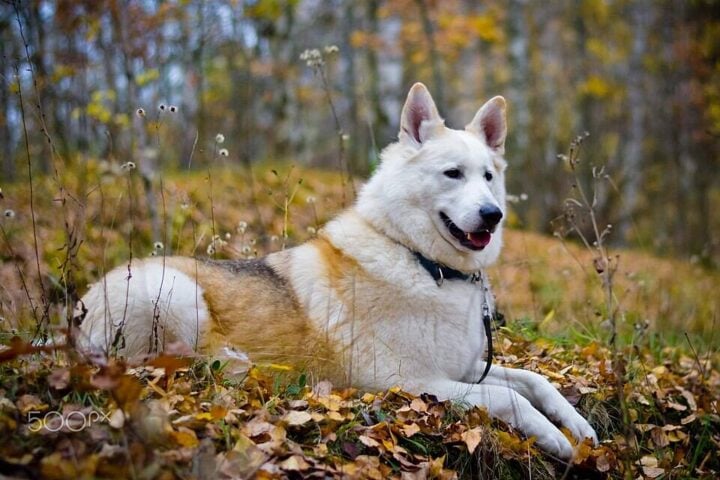According to the report by Marine Pollution Bulletin, Wastewater treatment plants (WWTPs) are significant sources of plastic waste and with an increasing number of reports, scientists have found plastic waste being discharged directly into the aquatic environment that is partially or entirely composed of plastic polymers such as polyethylene terephthalate (PET), polypropylene (PP), and polyethene (PE). The contributors to the paper were Rebecca Metcalf, Hannah L. White, Vanessa Moresco, Michael J. Ormsby, David M. Oliver, and Richard S. Quilliam and in the report they state that Blocked sewerage systems reduce WWTP efficiency and can increase the number of sewage spill events with wet wipes accounting for 90% of these blockages. With many commercially available brands of wet wipes labelled as ‘flushable’ and 14% of people in the UK admitting to flushing wet wipes down the toilet incorrectly (Marine Conservation Society, 2021), it is not surprising that sewage blockages and subsequent sewage spills have increased. The accumulation of wet wipes on beaches received media attention in 2021 when the Great British Beach Clean reported that an average of 25 wet wipes per 100m on Scottish beaches was found.
Plastics in the environment are quickly colonised by microbial biofilm and these ‘plastisphere’ communities are highly variable, diverse, and, importantly, can harbour human pathogens. The plastisphere’s protective environment is thought to improve the survival, persistence, and spread of human pathogens in the environment. Natural organic materials, such as sand and seaweed, have the potential to transport pathogenic microbes in naturally occurring biofilm.
However, there is emerging evidence that some pathogens can become ‘enriched’ on plastics when compared to natural materials, despite conflicting studies finding potential pathogens in higher abundance on other materials. Pathogens detected on PET, PP, and PE in the environment include Vibrio spp. (Jiang et al., 2018; Laverty et al., 2020; Zhang et al., 2021), as well as faecal indicator organisms), which are vital monitoring parameters used for regulating and classifying microbial bathing water quality, as defined by the EU Bathing Water Directive. Pathogens colonising plastics are frequently isolated from sewage discharge sites or other areas of anthropogenic activity, and recovery of potential human pathogenic bacteria, such as Legionella and Mycobacterium, on plastics inoculated with raw sewage has been reported.
WWTPs are a major source of human pathogenic bacteria, antimicrobial resistance genes (ARGs), and metal resistance genes (MRGs). These bacteria and their associated ARGs and MRGs are likely to colonise sewage-associated plastic waste during their passage through WWTPs. They can also occupy their time in the environment. Recreation in bathing waters and on beaches exposes humans to such colonised plastic waste, with the possibility of pathogen transfer and subsequent risk to public health.
To prevent or at least reduce the release of untreated sewage into the aquatic environment, we need improved infrastructure and associated funding, as well as increased monitoring and management. Sewage blockages are partly to blame for the rise in sewage spills; they are primarily caused by plastic waste, including wet wipes, and cost water companies £100 million to clear each year. Despite the fact that businesses and private households are encouraged not to dispose of items that clog sewers, millions of items are incorrectly flushed down toilets in the UK every day. Because of the increased demand for wet wipes as a result of the COVID-19 pandemic, there is an urgent need for increased investment in public awareness programmes now more than ever.
Metcalf, R., Quilliam, R., & Oliver, D. (2022, May 27). Sewage-associated plastic waste washed up on beaches can act as a reservoir for faecal bacteria, potential human pathogens, and genes for antimicrobial resistance – ScienceDirect. Sewage-Associated Plastic Waste Washed up on Beaches Can Act as a Reservoir for Faecal Bacteria, Potential Human Pathogens, and Genes for Antimicrobial Resistance – ScienceDirect; www.sciencedirect.com. https://www.sciencedirect.com/science/article/pii/S0025326X22004489
